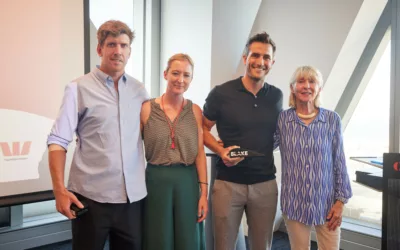Live Ocean, a marine conservation foundation, is saddened to hear the news released by the New Zealand, Department of Conservation (DOC) today regarding the death of another endangered young Antipodean albatross caught by a longline fishing vessel. Estimates show 35,000 of these birds which have New Zealand’s highest threat classification of ‘nationally critical’ have died between 2004 and 2019.
The Antipodean albatross is New Zealand’s most threatened albatross with estimates of 2,300 dying each year. The number one threat to them is being killed by the long lines from fishing boats. The threat to these birds is accelerating as the female birds are foraging for food further north, which scientists suspect is due to the warming ocean and into areas where large fishing fleets are concentrated.
Live Ocean has worked hard to connect people to the issue by championing the Antipodean albatross locally and internationally, alongside other NGO’s, government and the science community. The foundation has provided funding for satellite tags deployed in early 2020 and supported the 2020/2021 voyage to the Antipodes Islands, which saw the largest ever deployment of satellite trackers on an albatross population in this country. The monitoring programme is designed to track where their feeding grounds overlap with fishing fleets.
“Tagging and satellite data is so vital to understanding the movements of these great ocean voyagers. The data provides scientists with critical insight into where the Antipodean albatrosses are going and where they are getting into trouble. These birds have become a symbol for the threats many of our albatrosses and seabirds face at sea. Collecting data is the first step but we must act as a country as this is likely the tip of the iceberg”, said Sally Paterson, Chief Executive Live Ocean.
It’s expected the NZ government and environmental groups will be able to work alongside these fleets and their governments to ensure they’re using the fishing practices that keep albatrosses safe.
The international peak body, The Agreement on the Conservation of Albatrosses and Petrels (ACAP) has robustly assessed the most effective way to reduce seabird bycatch in tuna longline fisheries is to use three best practice measures simultaneously: 1) line weighting, 2) night setting and 3) bird-scaring lines.
New Zealand is the seabird capital of the world with more nesting and breeding here than anywhere else on the planet. 90% of our seabirds are threatened with or at risk of extinction (New Zealand Ministry for the Environment).



